 This photograph has a thin depth of field – a “shallow focus” effect.
This photograph has a thin depth of field – a “shallow focus” effect.In the image above, you can see that the girl is in focus and appears sharp, while the background is completely out of focus. My choice of aperture played a big role here. I specifically used a large aperture in order to create a shallow focus effect (yes, the larger your aperture, the bigger this effect). This helped me bring the attention of the viewer to the subject, rather than busy background. Had I used a narrower aperture, the subject would not be separated from the background as effectively.
One trick to remember this relationship: a large aperture results in a large amount of both foreground and background blur. This is often desirable for portraits, or general photos of objects where you want to isolate the subject. Sometimes you can frame your subject with foreground objects, which will also look blurred relative to the subject, as shown in the example below:
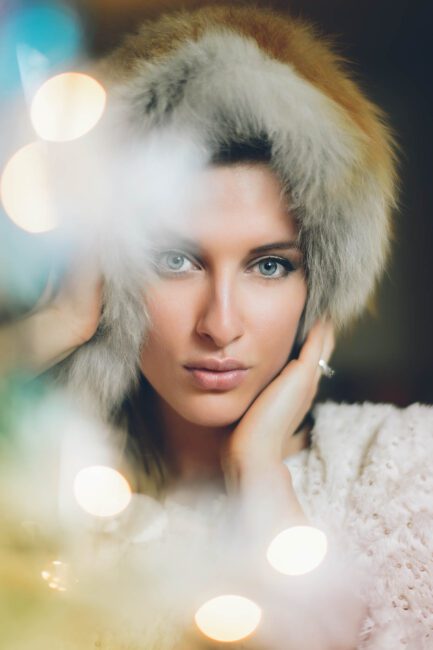 Taken with a portrait lens using a very large aperture of f/1.4
Taken with a portrait lens using a very large aperture of f/1.4

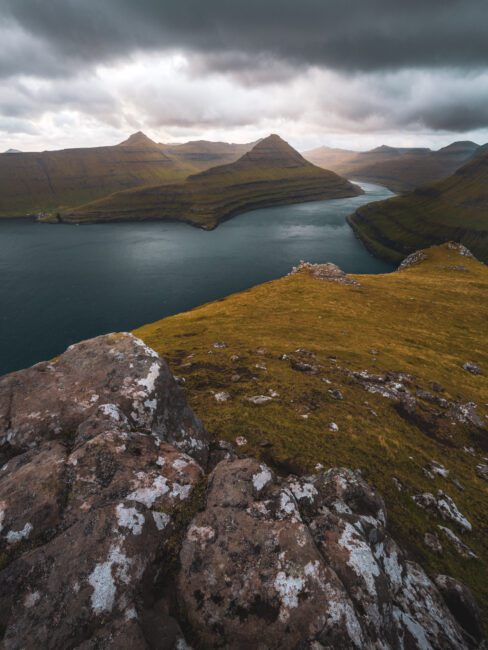
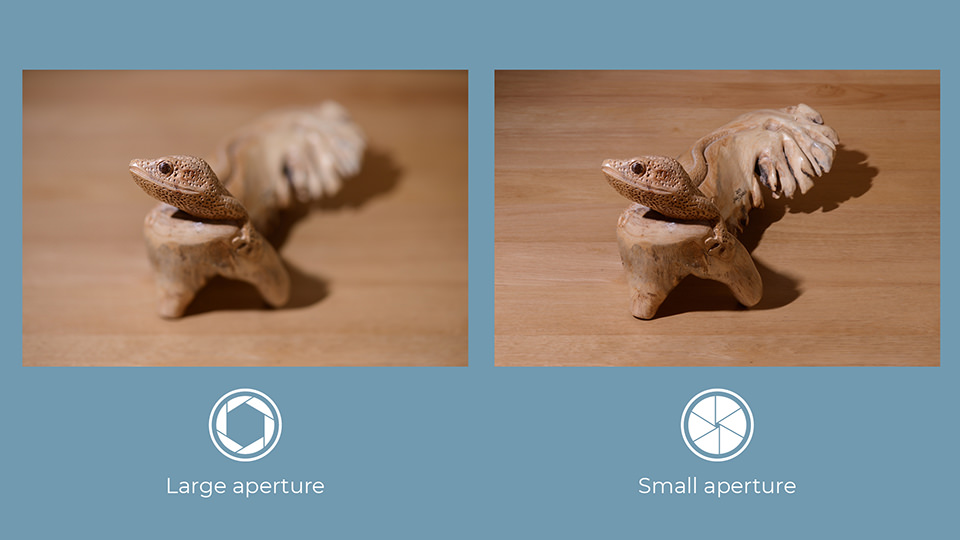 A comparison of two images shot using large vs small apertures. (Normally the photo on the left would be brighter, but I equalized the exposure by using different
A comparison of two images shot using large vs small apertures. (Normally the photo on the left would be brighter, but I equalized the exposure by using different 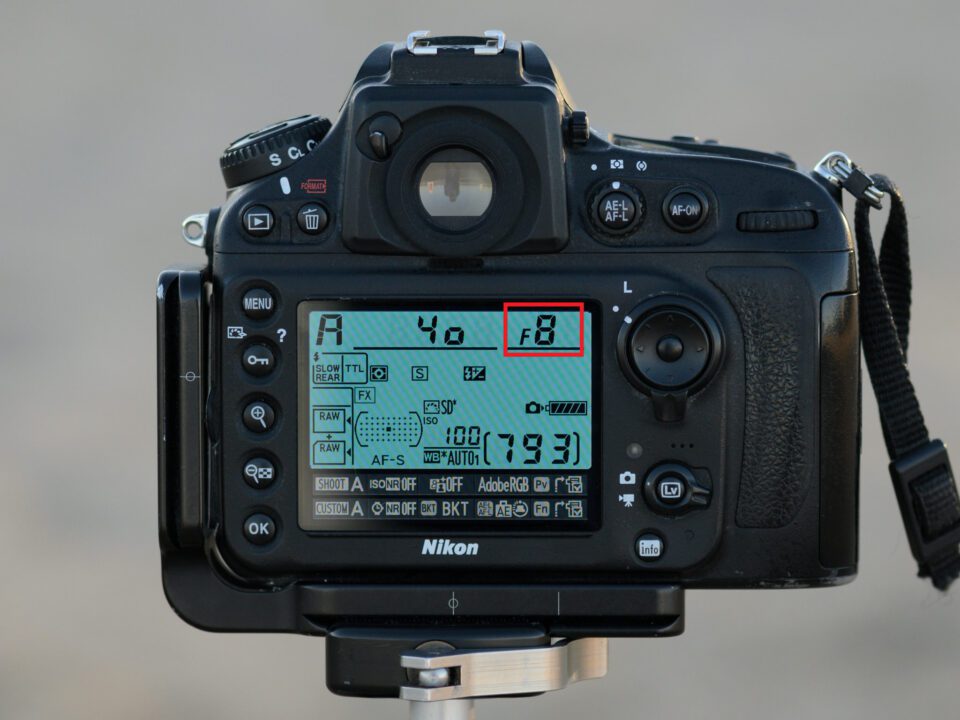
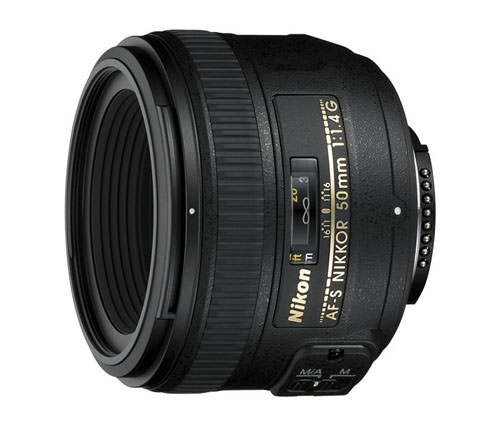
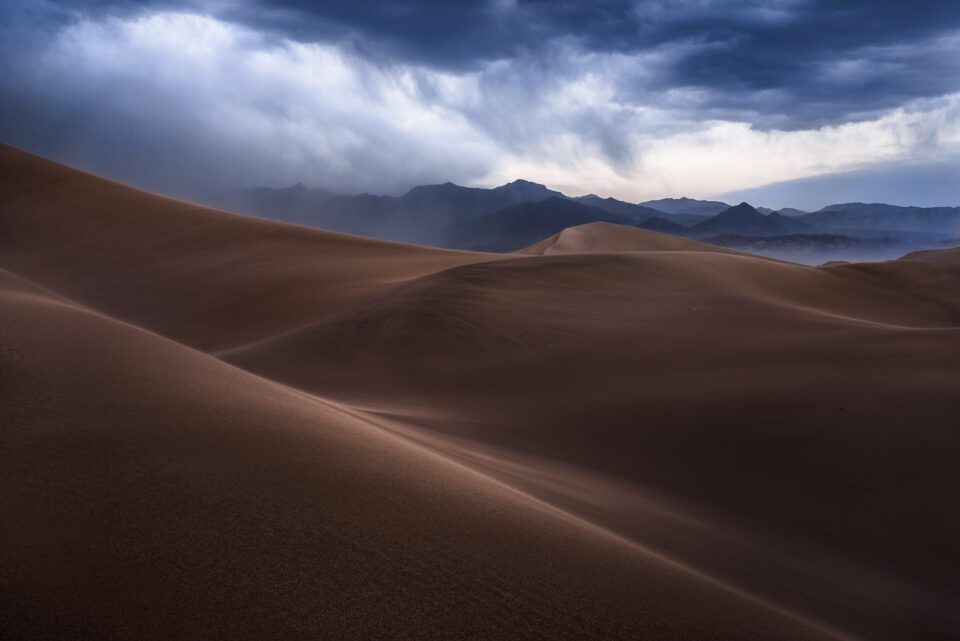
تعليق